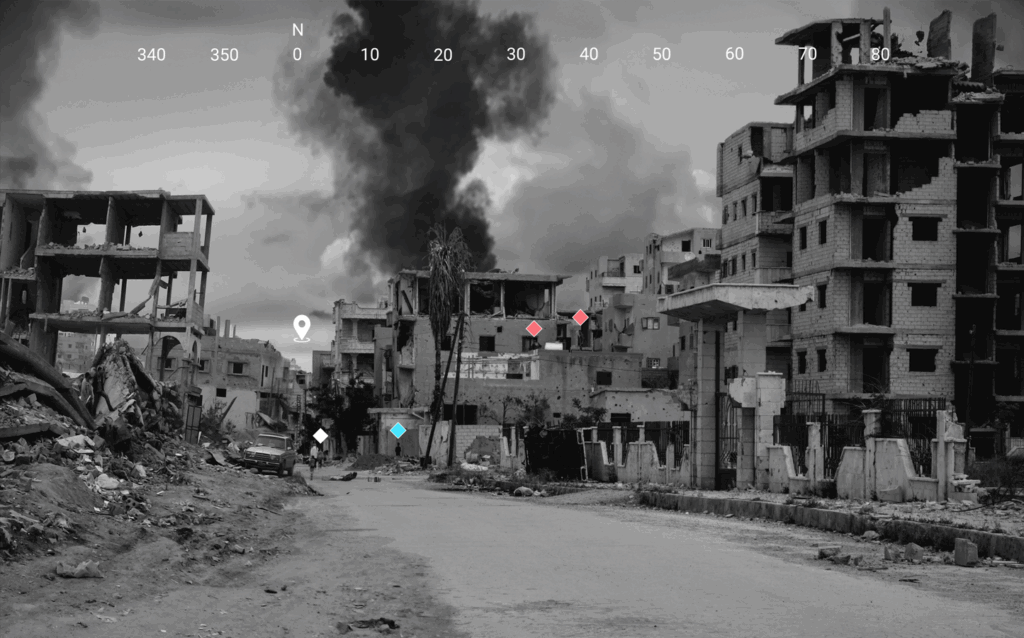This covers:
CPT
Target, monitor and be aware of the situation.
Allows you to SEE FAR, AT NIGHT, AT 360°.
OST
Off-road driving, discreetly, in all conditions.
Allows you to SEE THE REAL SCENE ENHANCED.

The CPT prioritizes the quality of computer-generated images or zoomed camera views.
OST prioritizes the quality of perception of the real scene.